Finally some progress to talk about.
As of 10 Aug 2012:
We have a working hardware prototype.
Basic firmware is done.
Basic device driver is done.
Basic application level test software is done.
At the moment the hardware looks a bit of a mess. It is a mix of a hand build board and a couple of hardware development kits. Here it is,
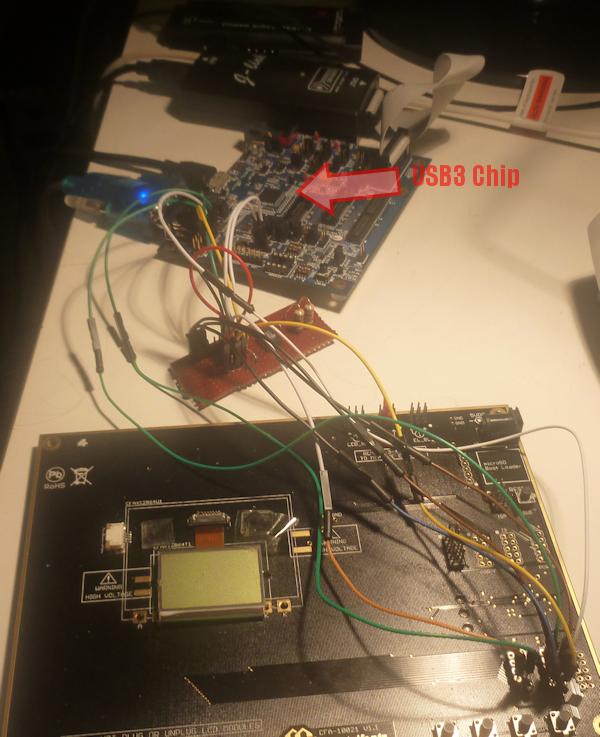
We are getting some proper integrated PCBs (printed circuit boards) made up and once that is done it will look much more like a real device rather than a mess of wires. Takes weeks to get PCBs made however. After that we need to get a plastic case done, get the final firmware done, do a lot more testing then order in all the component parts to build a few thousand units. All this will take time. Lead times on components can be a couple of months in some cases.
As of 10 Aug 2012:
We have a working hardware prototype.
Basic firmware is done.
Basic device driver is done.
Basic application level test software is done.
At the moment the hardware looks a bit of a mess. It is a mix of a hand build board and a couple of hardware development kits. Here it is,

We are getting some proper integrated PCBs (printed circuit boards) made up and once that is done it will look much more like a real device rather than a mess of wires. Takes weeks to get PCBs made however. After that we need to get a plastic case done, get the final firmware done, do a lot more testing then order in all the component parts to build a few thousand units. All this will take time. Lead times on components can be a couple of months in some cases.

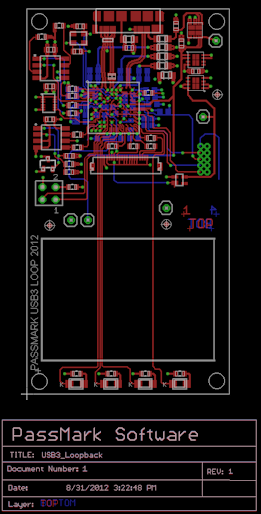
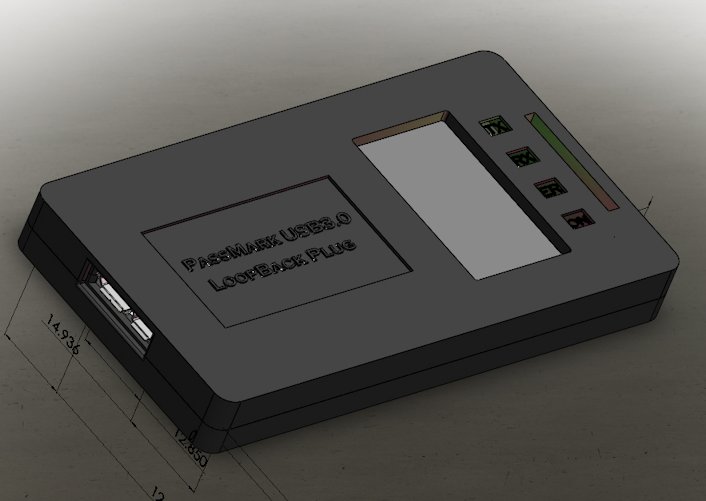
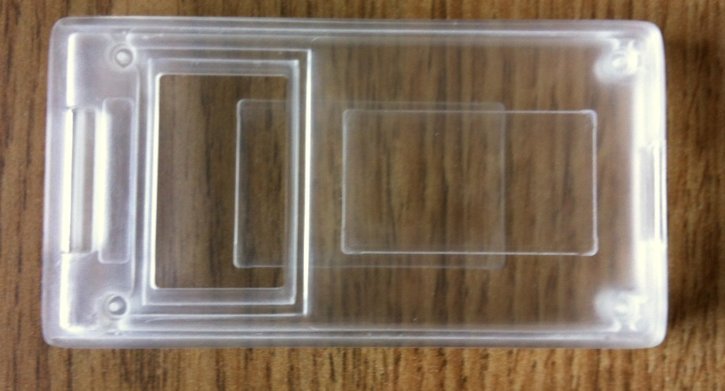
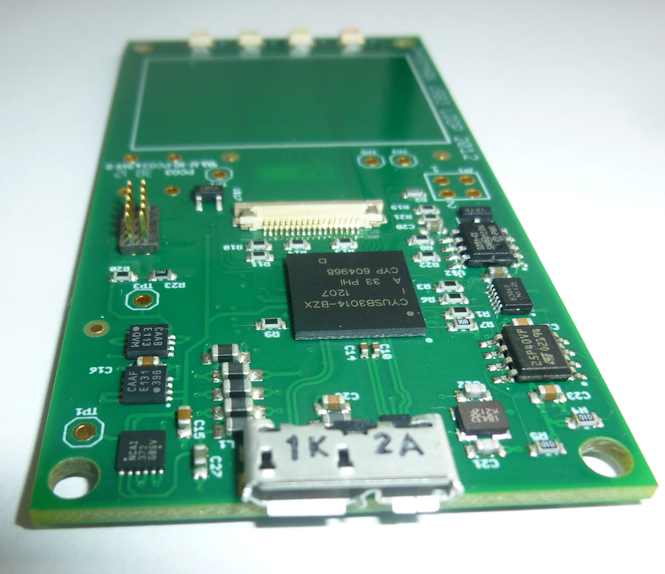
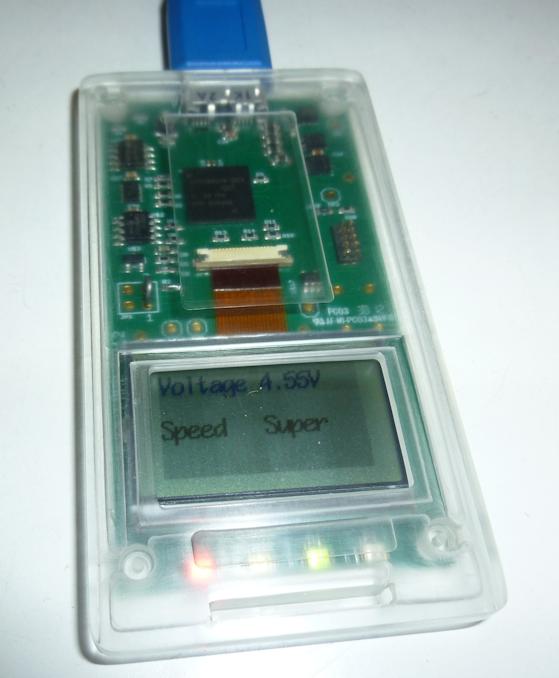
Comment